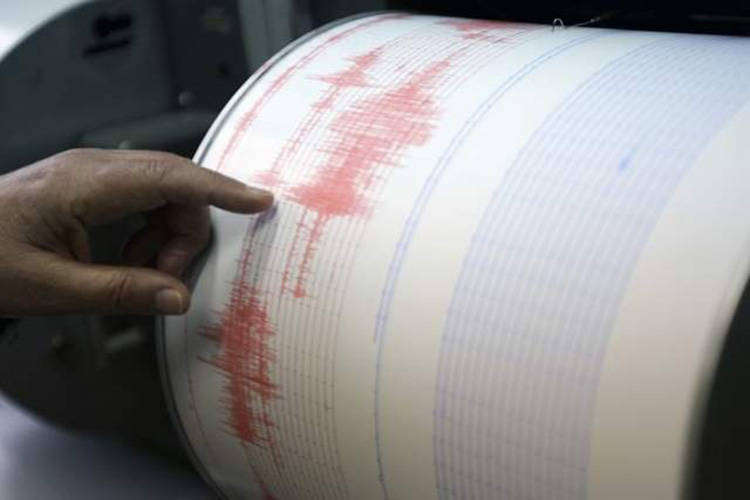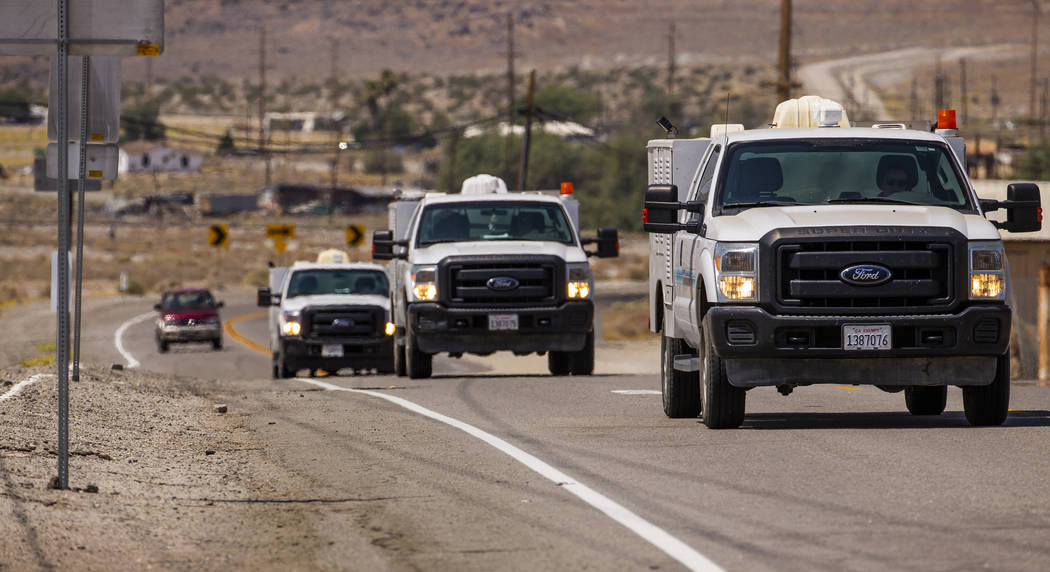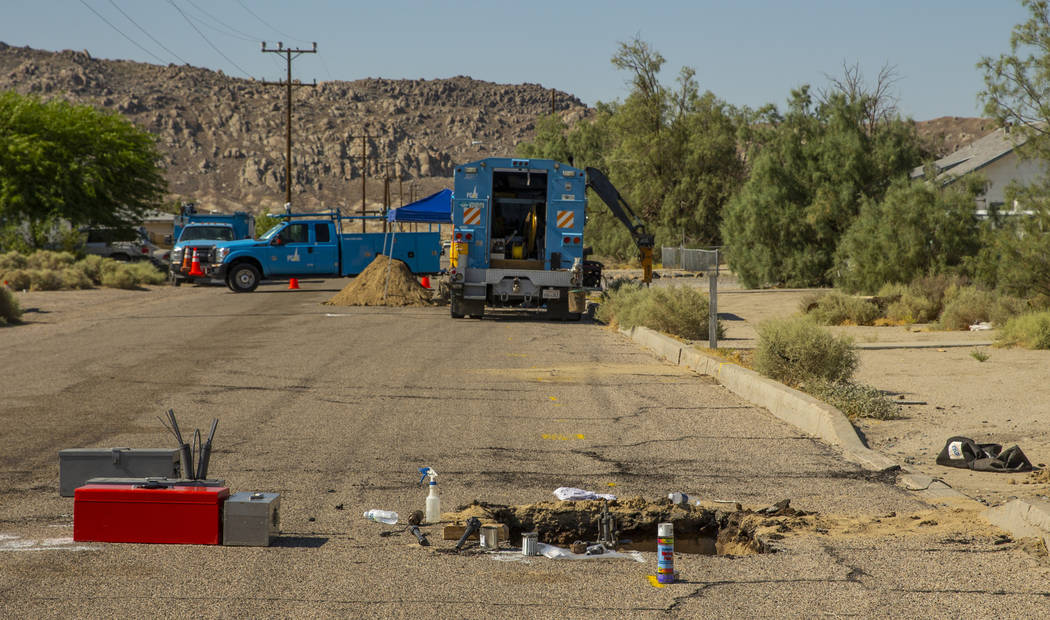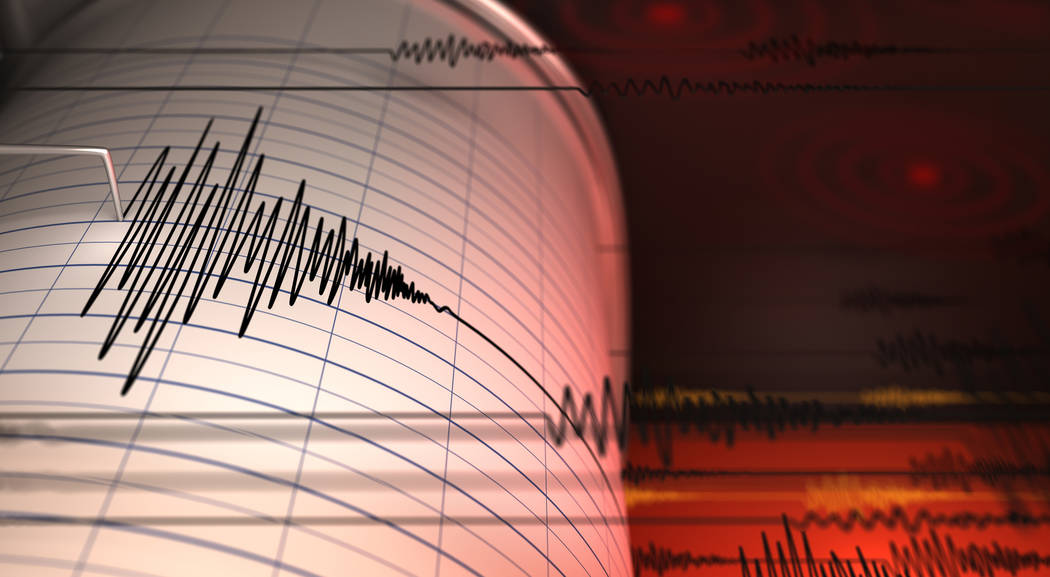Investment in earthquake early warning system
The U.S. Geological Survey has awarded more than $12.5 million to seven universities and a university-governed nonprofit to support operation, improvement and expansion of the ShakeAlert earthquake early warning system for the West Coast of the United States.
The University of Nevada, Reno is receiving a portion of the allocation from USGS, which is for the first year of a new set of two-year cooperative agreements, including with partner universities California Institute of Technology; Central Washington University; the University of California, Berkeley; the University of Oregon; the University of Washington; university-based non-profit UNAVCO, Inc.; and the Swiss Federal Institute of Technology in Zurich (ETH Zurich).
“With ShakeAlert, initially we are helping expansion of the system into eastern California to provide coverage, once released, in the Tahoe-Truckee areas,” Graham Kent, director of the University of Nevada, Reno’s Nevada Seismological Laboratory, said. “We are looking at this as a springboard to bring earthquake early warning systems to the populous areas of Nevada.”
Death Valley area
The Nevada Seismological Lab’s seismic network covers Nevada, plus in California along the eastern Sierra Nevada and Death Valley.
“We have an unmatched microwave, IP-based communications system that powers our multi-hazard seismic, fire and extreme-weather network,” Kent said. “Integrating the earthquake early warning system into our network makes sense, and through this collaboration our partners can better understand the benefits of our communications system as we all work to improve the ShakeAlert program throughout the West.”
The Nevada Seismological Lab, a public service department at the University of Nevada, Reno, will initially focus on the California portion of their seismic monitoring system near Lake Tahoe and looks to expand the early warning system into Nevada, mostly surrounding the urban areas of Las Vegas in Southern Nevada and, in the north, Reno and Carson City.
“The eastward expansion into Nevada will require help from both our congressional delegation and at the state level as seen in California, Oregon and Washington,” Kent said.
As the third most seismically active state in the United States, Nevada has its share of earthquakes but has not had a large earthquake since 1954.
“In that year alone, Nevada experienced four large earthquakes: M6.6, M6.8, M6.8 and M7.1,” Kent said. “In Las Vegas, an early warning system could potentially give residents 45- to 60-plus seconds of response time in a damaging earthquake that could originate in Death Valley. In the north it might be as much as 10 to 20 seconds – still valuable time to take protective actions.”
ShakeAlert system
The USGS has also purchased about $1.5 million in new sensor equipment to expand and improve the ShakeAlert system. These efforts, as well as other operation, improvement and expansion work that the USGS is conducting, are the result of $21.1 million in funding to the USGS Earthquake Hazards Program for ShakeAlert, approved by Congress earlier this year.
These new agreements include work to incorporate real-time GPS observations into ShakeAlert. The USGS and its university and nonprofit partners will also further the development of scientific algorithms to rapidly detect potentially damaging earthquakes, more thoroughly test the warning system, and improve system performance.
In addition, sensor networks will be upgraded and new seismic stations will be installed to improve the speed and reliability of the warnings.
The ShakeAlert partners will also continue user training and education efforts, in collaboration with state and local partners, and add more ShakeAlert pilot users. About 60 organizations are current test users, from sectors such as utilities, transportation, emergency management, education, state and city governments and industry. Several of these are engaged in pilot projects to demonstrate the practical use of ShakeAlert in a variety of applications.
An earthquake early warning system can give people a precious few seconds to stop what they are doing and take protective actions before severe shaking waves from an earthquake arrive. ShakeAlert is a product of the USGS Advanced National Seismic System, a federation of national and regional earthquake monitoring networks throughout the country, including networks in Southern California, Northern California and the Pacific Northwest.
The ShakeAlert earthquake early warning system has been in development for 13 years. In 2006, the USGS began funding multi-institutional, collaborative research to test warning algorithms on real-time seismic networks within the Advanced National Seismic System.
Western states
In California, this is a joint effort; state legislation was passed in 2013 directing the California Office of Emergency Services to develop an early warning system in collaboration with the USGS and its partners.
Since 2016, the state of California has committed $42 million to the California Office of Emergency Services to enhance the statewide build-out of the California Earthquake Early Warning System.
This year, the state of Washington allocated $1.24 million over two years for the system. Oregon has contributed about $1 million in funding to enhance the system there.
In 2018, the USGS estimated that it would cost $39.4 million in capital investment to complete the ShakeAlert system on the West Coast to the point of issuing public alerts, and $28.6 million each year to operate and maintain it. This is in addition to current support for seismic and geodetic networks.
Mike Wolterbeek is a communications officer at the University of Nevada, Reno.




















